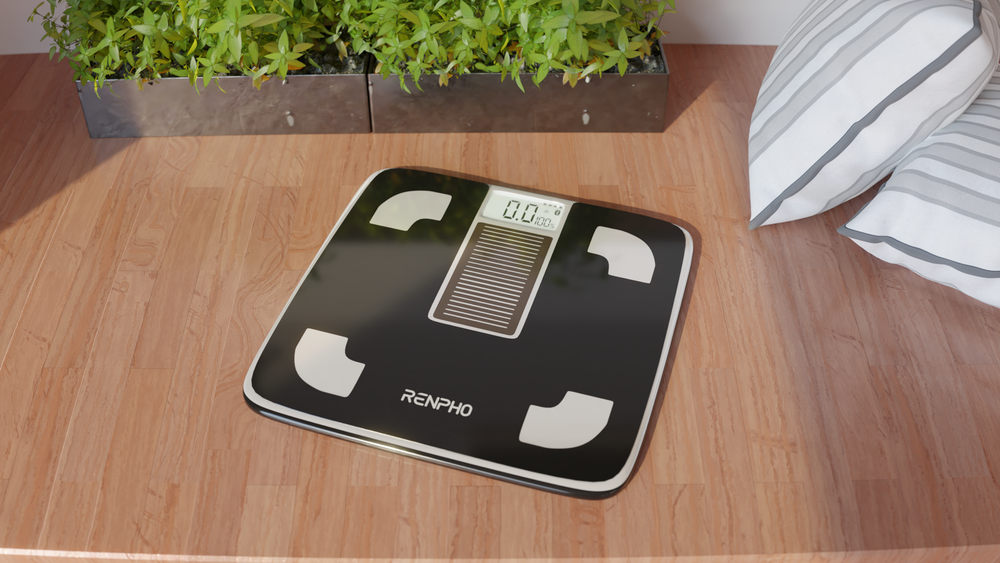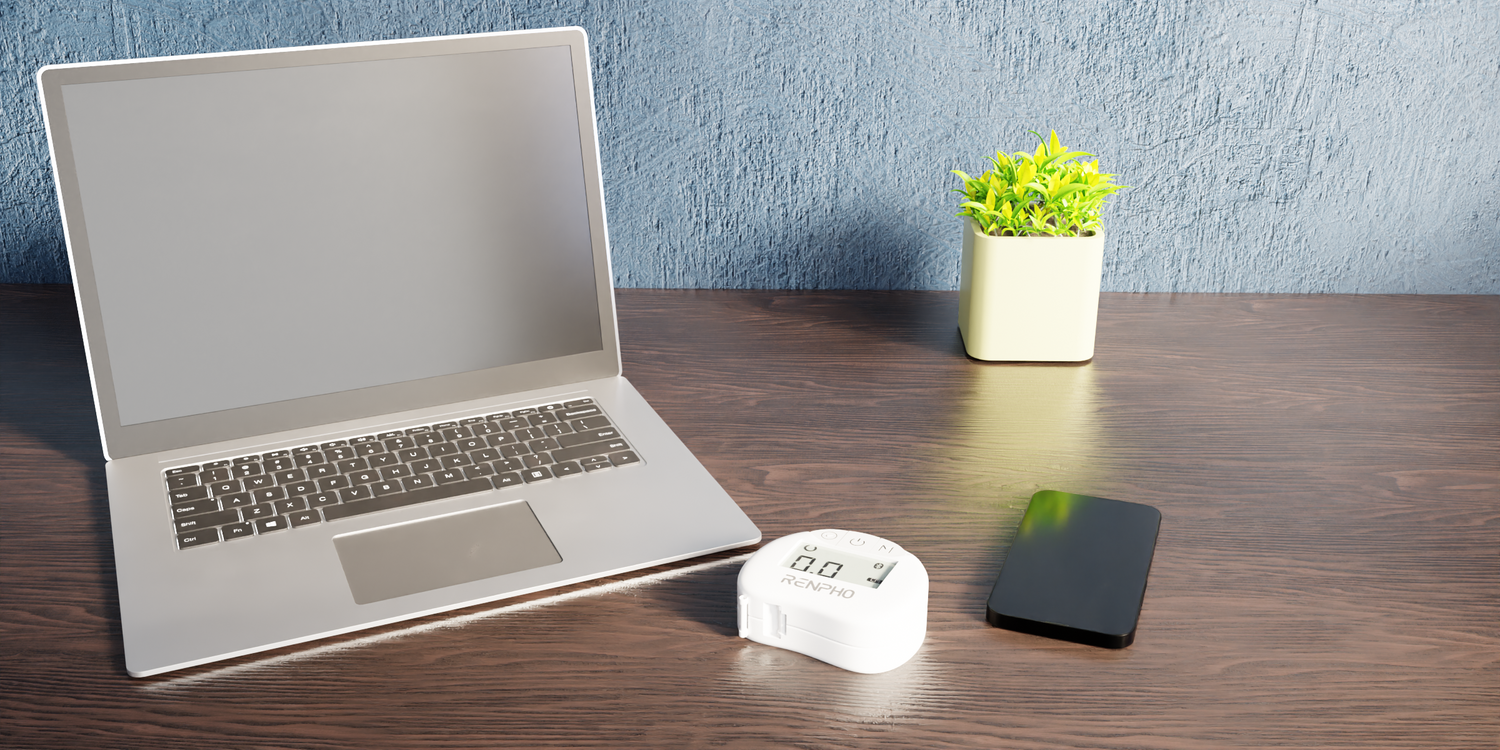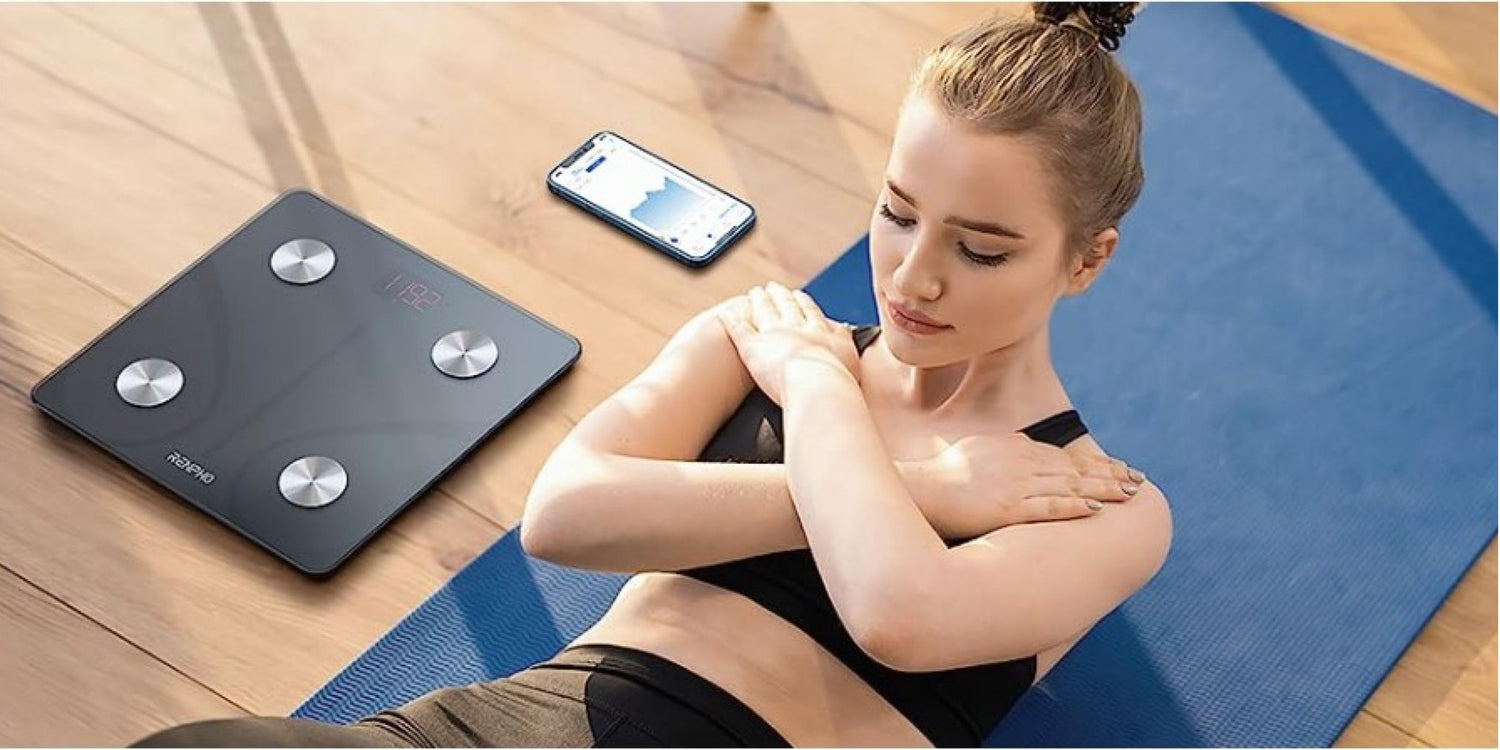Cracking the Code: BMI and Body Fat Percentage

Stay tuned to our latest news
BMI, or Body Mass Index, has long been used as a quick and simple tool to assess weight-related health risks. But is it a comprehensive indicator of our body composition?
Enter body fat percentage, the hidden treasure trove of information about our body composition. By unraveling the ratio of fat tissue to lean mass, we gain valuable insights into our health risks and potential disease markers.
However, if you need to determine if you have too much or too few body fat, you might wonder if BMI and body fat percentage are standalone measurements, or do they work together?
Where Did BMI Come From?Body Mass Index (BMI), or at least its concept, originated from Belgian mathematician Adolphe Quetelet. He proposed using a mathematical formula to assess a person’s body weight relative to their height. The formula, first known as Quetelet Index, eventually became known as BMI and has been used by health professionals around the world. |
BMI vs Body Fat Percentage
When it comes to assessing health status, there has been an ongoing debate as to whether BMI or body fat percentage is a more accurate measure. As you might already know, the latter is not a perfect formula. It comes with several limitations as it does not differentiate between fat mass and muscle mass. Still, it continues to be a valuable tool in assessing general health and potential weight-related risks.
On the other hand, a person's body fat percentage and fat distribution play crucial roles in determining health risks. It uses more sophisticated methods like dual-energy X-ray absorptiometry (DXA) to provide a more accurate assessment of overall body composition.
What are BMI and Body Fat Percentage?
BMI is a numerical value calculated using a person's height and weight. It gives an estimate of how much body fat a person has and places your results under one of four categories (Underweight, Normal Weight, Overweight, and Obese).
Meanwhile, Body Fat Percentage provides a more accurate measure of how much fat a person has in relation to their total body weight. Instead of just height and weight, it takes into account factors such as muscle mass, bone density, and overall body composition. Measuring it involves using methods like dual-energy X-ray absorptiometry (DXA), skinfold calipers, or bioelectrical impedance analysis (BIA).
Compared to BMI, Body Fat Percentage provides a more comprehensive picture of a person's body composition, helping to identify if there is an excess of fat, which is associated with various health conditions such as heart disease, high blood pressure, and type 2 diabetes.
However, it doesn’t necessarily mean that one is better than the other. Both BMI and Body Fat Percentage are important tools in assessing health, with each providing valuable information about body fat and overall well-being. With that said, consider both measures together to get a more accurate understanding of an individual's health status.
How to Measure Body Fat Percentage?

When it comes to health and fitness, understanding your body fat percentage is important for assessing overall wellness and determining if you are at risk for certain health conditions. There are several methods to measure body fat percentage, ranging from more sophisticated techniques like DXA scans to simpler methods like skinfold calipers or bioelectrical impedance analysis. Each method has its advantages and limitations, but the common goal is to accurately assess body composition and provide valuable information for individuals looking to improve their health and fitness. Let's explore some of the most popular ways to measure body fat percentage and their pros and cons.
Skinfold Calipers
Skinfold calipers are a handy tool, and they work by simply measuring the thickness of subcutaneous fat through a pinch test. By taking measurements at specific sites on the body, such as the triceps and abdomen, you can get an estimate of your body fat percentage.
To use skinfold calipers, start by locating the specific sites where the measurements should be taken. For example, the triceps measurement is taken on the back of the upper arm while the abdomen measurement is taken around the waist. Once you have identified the site, gently pinch the skin and underlying fat between the caliper jaws. Make sure to use consistent pressure and avoid squeezing too hard or too lightly to get accurate estimates while avoiding injuries.
After pinching the skin, release the caliper jaws and take the reading. Repeat the process two to three times for each site to ensure accuracy, and then calculate the average of the measurements to get a more reliable estimate of body fat percentage.
Basically, skinfold calipers are an affordable and convenient way to monitor changes in body composition over time. However, it's important to note that they provide an estimate and may not be as precise as the other methods in this list. Still, using skinfold calipers can give you valuable information about your body fat percentage and help you track progress towards your health and fitness goals.
Bioelectrical Impedance Analysis
Bioelectrical Impedance Analysis (BIA) is a quick and painless method used to measure lean body mass. It works by sending a small electrical current through the body to estimate the amount of lean tissue present.
During the process, electrodes are placed on the skin in specific locations and a low-intensity electrical current is passed through the body. This current passes through tissue, encountering different levels of resistance based on the type of tissue it encounters. As a result, the machine can calculate the composition of the body based on these resistance levels.
Essentially, BIA is a convenient and non-invasive way to estimate lean body mass, making it an attractive option for professionals and individuals interested in monitoring their body composition. With the RENPHO Elis 1 Smart Body Scale, you have a powerful tool that provides a useful snapshot of body composition, while also tracking changes automatically over time.
Dual-Energy X-Ray Absorptiometry
Dual-Energy X-Ray Absorptiometry (DXA) is a highly accurate and reliable method for measuring lean body mass. Using X-ray scanning technology, it provides a detailed breakdown of your body composition.
During a DXA scan, the individual lies flat on a table while a machine passes low-dose X-ray beams through the body. These beams contain different energy levels, allowing the machine to determine the amount of bone, fat, and muscle present in specific regions of the body.
One of the main advantages of this method is its ability to provide a precise measurement of lean body mass. Remember that this is valuable information, as lean body mass is associated with various health benefits, such as improved metabolic health and increased strength.
To ensure accuracy and consistency in measurements, DXA machines undergo a rigorous calibration process, ensuring that the results obtained from different machines are comparable.
How to Achieve a Healthy Body Fat Percentage?Having a healthy body fat percentage is important for overall health and well-being. Excess body fat has been linked to a range of negative health effects, including an increased risk of heart disease, high blood pressure, and metabolic syndrome. On the other hand, maintaining a healthy body fat level has many benefits, such as improved blood sugar control, lower risk of chronic diseases, and better overall fitness. With that said, here are some tips to help you achieve healthy body fat percentage:
|
Takeaway
Understanding the relationship between BMI and body fat percentage is crucial for managing weight effectively and assessing overall health. While BMI provides a quick measure, it doesn't differentiate between fat and muscle mass. Body fat percentage offers a more accurate assessment, but it's important to consider other factors such as muscle mass and fitness level for a more comprehensive evaluation.
Renpho Health Tips
-

What Your BMI Says About Your Health
October 3, 2023
Read more >
-

Why a Smart Digital Tape Measure Should Be Your Go-To Measuring Tool
October 4, 2023
Read more >
-

How Much Calories You Need to Gain Weight?
October 6, 2023
Read more >
-

How Technology Can Be Used in Smart Devices to Boost Health & Wellness
July 11, 2023
Read more >
-

How Food Scales Take Meal Prep to the Next Level
June 18, 2023
Read more >




